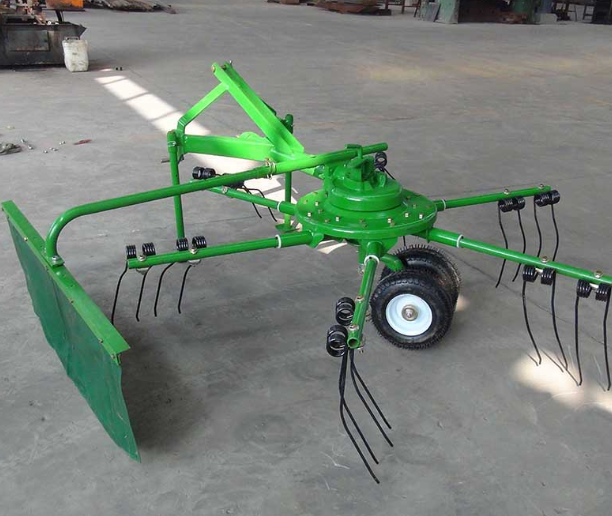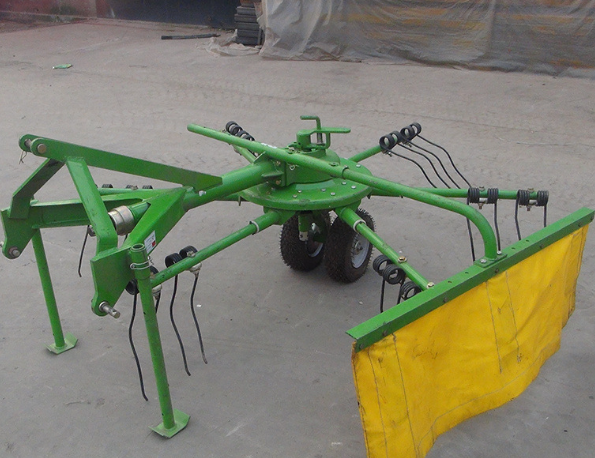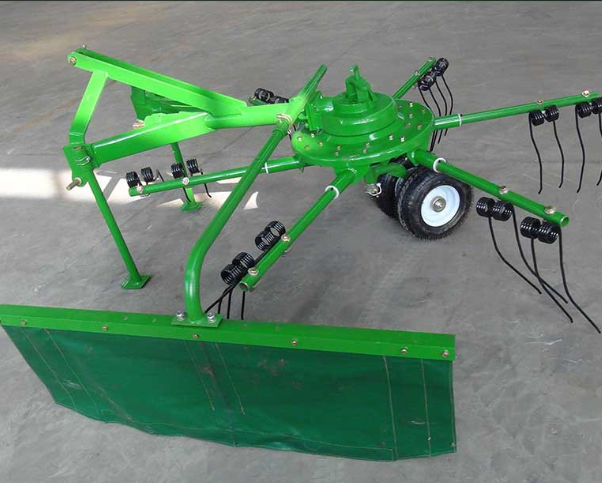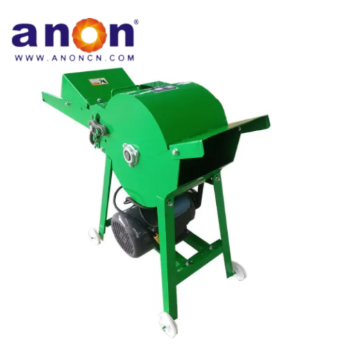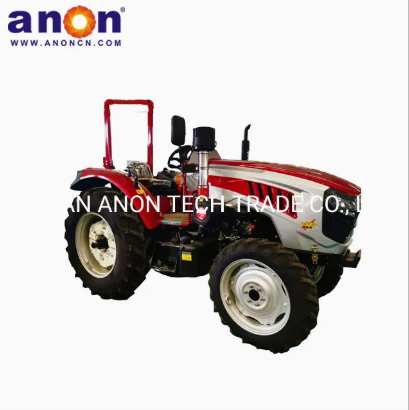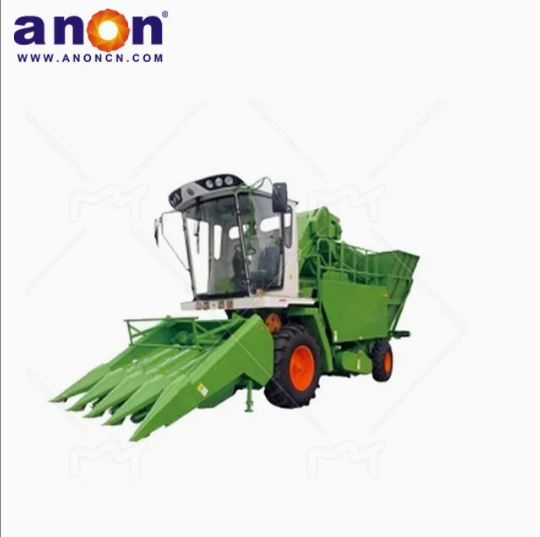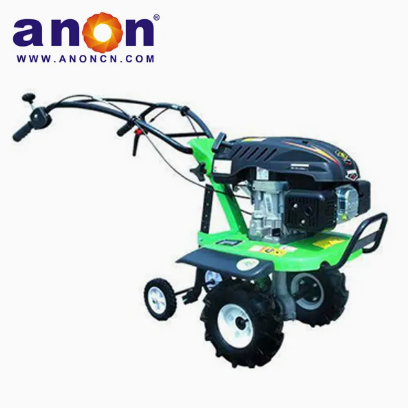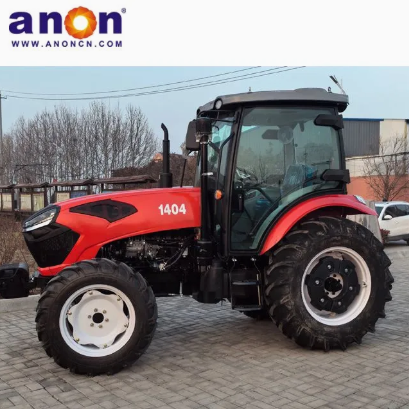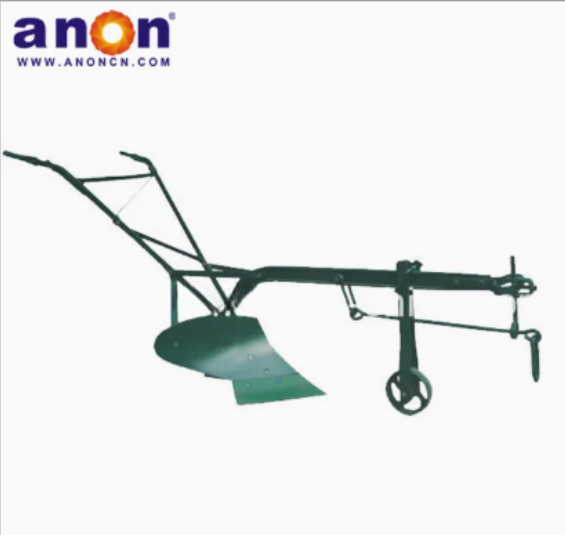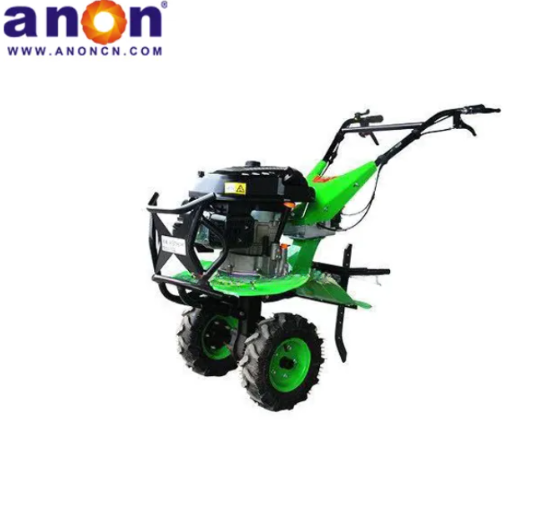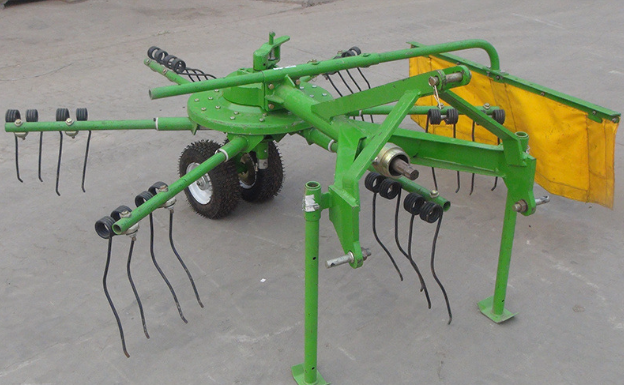
Rotary Hay Rake
The rotary hay rake is used to collect and arrange grass strips during the grass harvesting process. It gathers the grass scattered on the ground into neat strips through the movement of the rotating parts, which is convenient for you to carry out subsequent baling, drying, or transportation.
1. Adopting a hydraulic or mechanical suspension structure, with good stability and low vibration.
2. Proper suspension structure design can reduce soil and grass damage.
3. The main worn parts are the teeth and transmission belt, with replacement costs.
Rotary Hay Rake
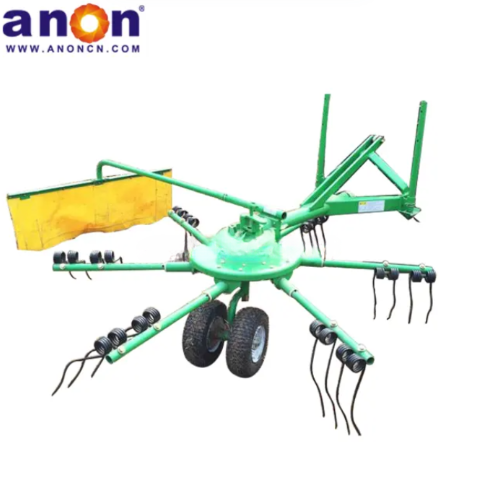
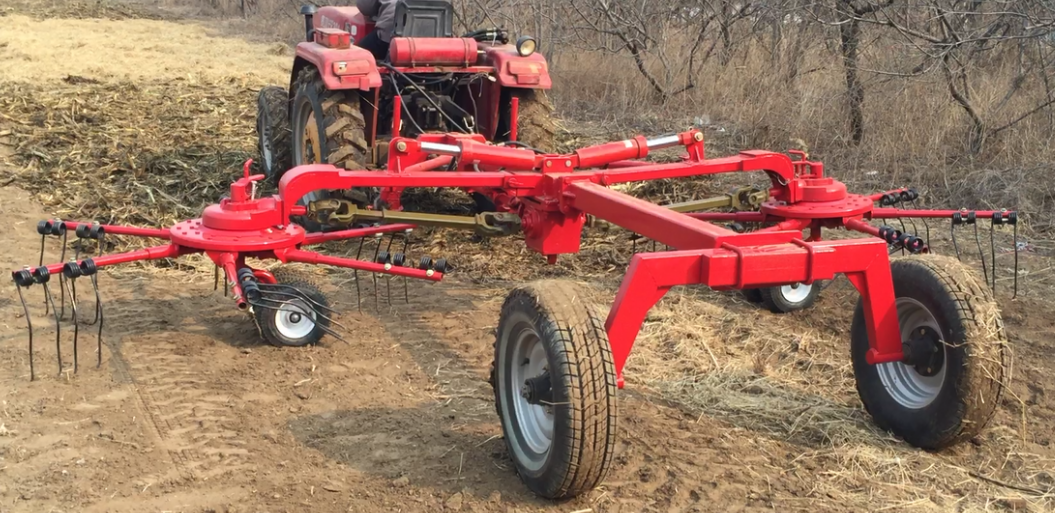
Functions
The core function of the rotary hay rake is to collect and organize grass strips. The rotary hay rake uses several finger wheels that are looped on the frame shaft and arranged in parallel. The finger wheels are driven to rotate by ground friction to rake the grass or straw into strips, and the direction of the grass strips is consistent with the direction of the machine.
The rotary grass rake can rake the grass scattered in the field after cutting into continuous grass strips, reduce the contact area between the grass and the ground, speed up the drying speed, make the grass strips uniform and loose, avoid the grass from being piled up too densely and causing mildew, and also provide standardized grass for subsequent baling.
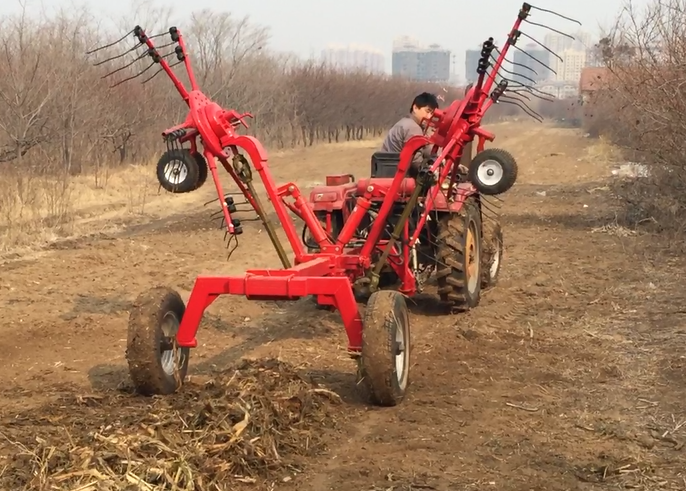
Applications
Rotary hay rakes are widely used in the collection and sorting of forage in livestock breeding areas. They can help you clean and organize forage efficiently and make it into strips. They are also well adapted to the recovery of straw after the harvest of grain crops such as wheat, corn, and rapeseed. At the same time, they are often used in conjunction with balers and silage equipment. They are the key pre-link for hay processing and storage operations. They are particularly suitable for promotion and use in medium and large-scale agricultural units such as cooperatives, pastures, and farms, effectively improving operating efficiency and forage utilization.
FAQ
1. Choose according to the working area: It is recommended to choose a rake with a large working width for large-area operations.
2. Choose according to the power matching: ensure that the supporting power of the rake matches the power output of the tractor.
3. Selection according to grassland conditions: It is recommended to choose a rotary rake with high collection quality and low forage loss for high-yield grassland.
With proper maintenance, core components (e.g., frames, rotating shafts) can last 5-8 years, and wear parts (teeth, belts) need to be replaced 1-2 times a year.
1. Uneven raking: At this time, you can check whether the copy wheel is worn or the height is inconsistent, and adjust the angle of the teeth or the position of the rake;
2. Power transmission abnormal noise: you need to check the loose belt, gear wear, and replace the damaged parts in time;
3. The grass strips are too dense: You can increase the width of the slatch or reduce the working speed to ensure that the grass strips are loose.

